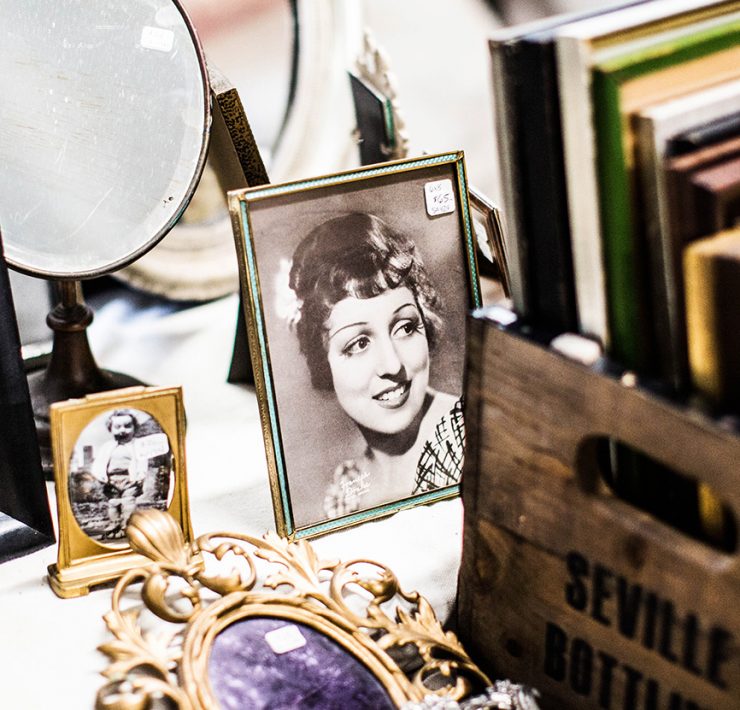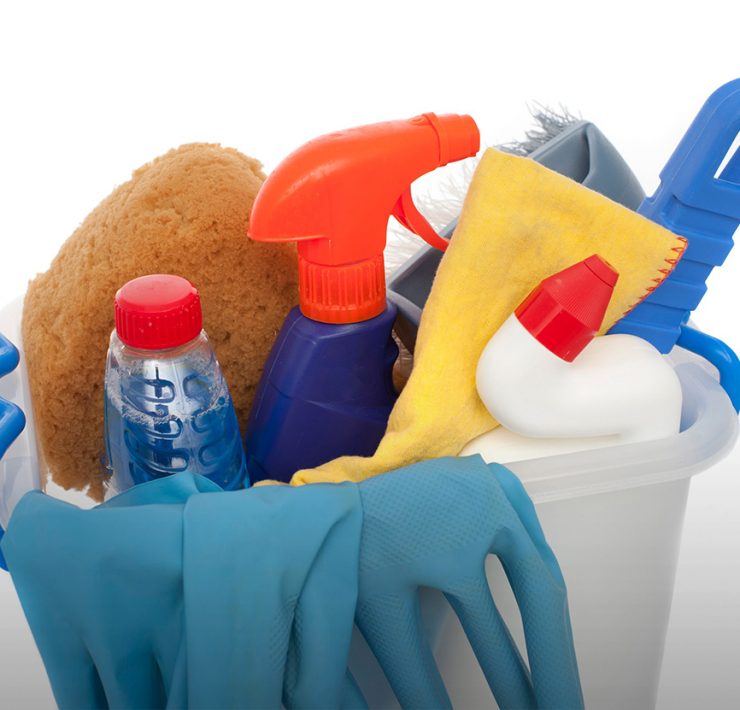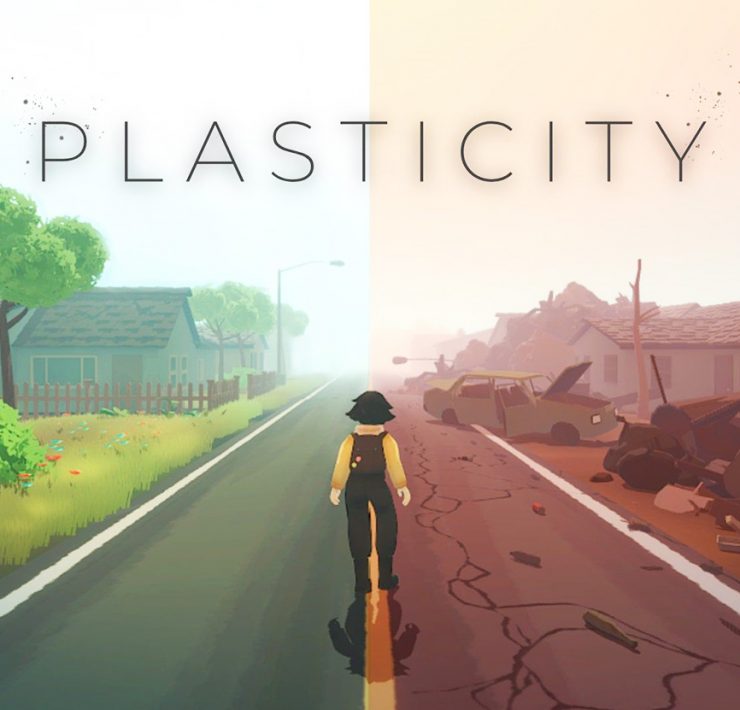Give your baby the comfort and hygiene of a cloth diaper
- Disposable nappies are a nightmare for our landfills. While nothing beats the classic (albeit labor-intensive) ‘langot’, the cloth diaper is your next best bet
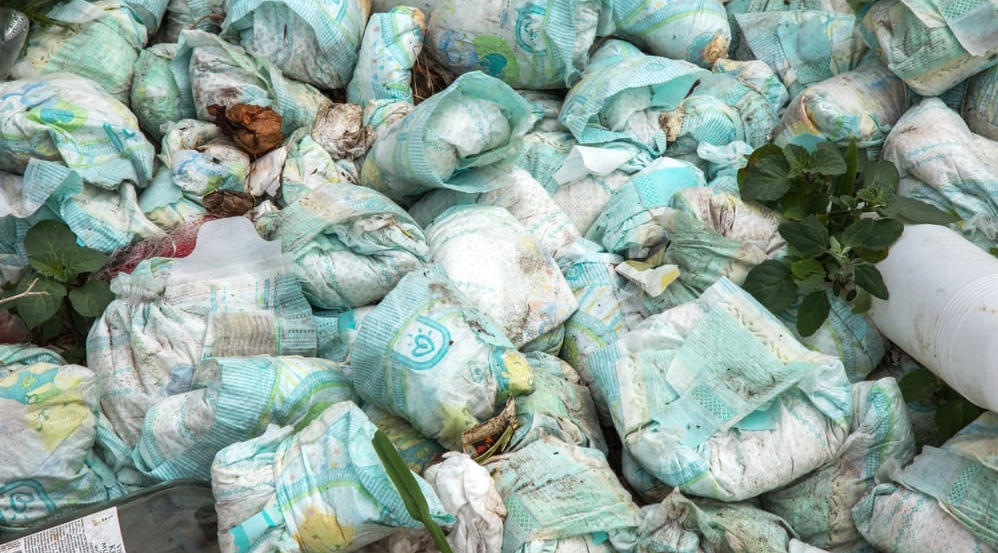
Neha is a literature, classic rock and football enthusiast with…
Imagine this – If Shah Jahan had worn disposable diapers as a baby, they wouldn’t have completely decomposed even today. That is how permanent our ‘disposables’ are. Also, babies poop and pee a lot – approx. 450kgs of poo every year! This means nearly 4 or more diapers a day, till he or she is potty trained by the age of 2.5 years, on an average. That’s 3,200 disposable diapers in less than 3 years! Diaper selection is one of the most important decisions made by new parents – for the baby’s health, their own finances and the environment. And here comes the importance of cloth diaper. Some facts that might aid your selection.
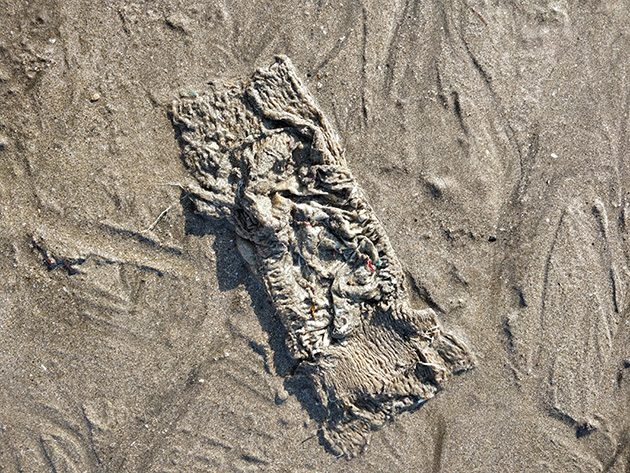
Disposable nappies are a health hazard
Until the early 1970s, one had no real alternative to the classic cloth diaper, as the early disposable prototypes made of natural substances like wood pulp, cellulose wadding and cotton, were bulky and not absorbent enough. Then came the disposable diaper made of non-recyclable polyethylene, toxic chemicals and micro plastics. Given their obvious convenience, most parents opt for these, without understanding their composition or ways of using and discarding. The modern day disposable diaper guarantees 12 hour leak protection, thanks to a questionable chemical called Sodium Polyacrylate (SPA), which absorbs up to 100 times its weight in water. This means less diaper change and prolonged exposure to chemicals, bacteria and ammonia (from accumulated urine), which leads to rashes. It also sucks natural moisture (not just urine) from the baby’s skin and explains why the sales of diaper rash creams have skyrocketed recently.
‘Super absorbent diapers means less change and prolonged exposure to chemicals, bacteria and ammonia from accumulated urine, which leads to rashes.’
Environmental nightmare
Did you know that you should rinse out the urine and poo from a disposable diaper before discarding it? Unfortunately most caregivers do not follow basic instructions, due to which our landfills contain tons of untreated human waste – wrapped in plastic! This makes it a breeding ground for disease, which could ultimately contaminate groundwater. As the industry expands into places with less or negligible waste collection, plastic diapers will get into the sea in higher numbers, blocking drains, harming wildlife and spreading diseases. In a country like India with 27 million newborns every year and a growing middle class turning to disposables, the problem of sanitary waste disposal is real.
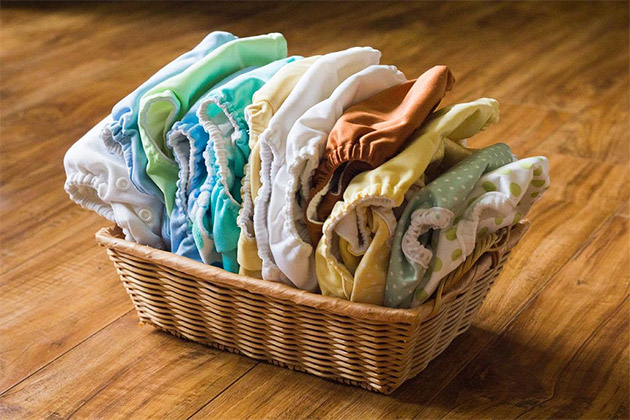
Cloth diapers for the win!
Not only are cloth diapers as effective as disposables thanks to the new fabric construction and design, they also come in attractive styles, patterns, colours and sizes. You have ones with velcro, snaps, fleece, and soft, PUL nylon covers etc. The occasional pinch of a diaper pin is passé too. Washing cloth diapers is no longer a hindrance either, due to washing machine-friendly components. Advanced cloth diapers consist of 3 main components – 1) a shell which is leak-proof and provides the sizing, 2) a soaker which is an absorbent pad usually made of bamboo/cotton and 3) a dry fabric, for added comfort. Research shows that making disposable and cloth diapers require similar amounts of energy, but getting rid of disposables safely is almost impossible.
‘Washing cloth diapers is no longer a hindrance either, due to washing machine-friendly components.’
Eco-friendly disposables are second best
If you cannot commit to cloth diapering, eco-friendly disposable diapers may work for you. They usually claim to be plant-based with no chlorine, bleach processing, latex and pulp derived from sustainable forestry. However, it is important to note that all of these contain Sodium Polyacrylate, the chemical absorbent we spoke about in disposables, rendering them in some part non-biodegradable.
Not sure about the big shift? Read on…
Step 1 – After purchase, please read the wash and care instructions before use. You mush wash the diaper once (this is called ‘prepping’ the diaper) before use to enable absorbency
Step 2 – Watch the online sizing video tutorials to learn how to properly fit the diaper
Step 3 – Depending on whether you’re using a Cover Diaper or AIO (All-In-One), attach the inserts and you’re ready to go!
Here are a few common cloth diaper-related questions. Let’s answer them for you:
1.When can you start using a cloth diaper?
You can begin your cloth-diapering journey from the minute your baby is born. The newborn size fits babies from 3-7kg and the free size accommodates babies from 5-17 kgs. Each cloth diaper comes with sizing snaps in the front, which enable you to decrease/increase the size of the outer cover.
2. Does it considerably increase the laundry load?
Laundry is identified as the biggest obstacle for parents looking to switch from disposables to cloth diapers. However the wash process is fairly simple and not at all as cumbersome as one would imagine. All advanced cloth diapers are washing machine friendly. For peed-in diapers, you simply need to rinse them immediately after usage. For poopy diapers, knock the solids into the toilet and flush. Wash as normal using standard detergents. Do not use detergents that contain enzymes, additives and fragrances, or special agents such as bleach, fabric softeners and anti bacterial like Dettol. You can laundry your dirty diapers within 48 hours of usage and it is best recommended to line dry them in the sun.
3. How long does a cloth diaper last?
Superbottoms typically last for more than 300 uses
4. Is it cheaper?
Your baby will use 4000+ diapers on an average from Birth till Potty Training.
The average price per disposable diaper is ₹10; thus the total money spent on disposable diapers is ₹40,000. If you choose to go the cloth-diapering route, you will need to invest in 12-15 diapers from birth till potty training; with the price of each diaper being around ₹750, making your grand total ₹12,000. So yes, it’s much cheaper.
5. How do I know I have the right fit?
A cloth diaper, either too loose or too tight will give leak issues.
Getting the right size is very important. Here are a couple of guidelines – You should have no gaps at the crotch area and the elastics should be on the crease of the legs, similar to an underwear.
Slight elastic marks are usually seen and are absolutely normal. They disappear in 15-20 minutes.
Expert speak:
One can change cloth diapers without worrying about generating waste. Changing it frequently reduces the risk of infection to the baby. Continued exposure to urine in a disposable diaper can lead to rashes and secondary fungal infections apart from other complications. Using a clean cloth diaper reduces this risk considerably. However, one must ensure that the cloth diapers are thoroughly washed and dried before reusing and one must ideally have at least 8-10 diapers handy per day.
Dr. Sushant Mane, MD, Associate Professor
Department of Pediatrics
Grant Government Medical College and Sir J J Group of Hospitals
Neha is a literature, classic rock and football enthusiast with a love for travel. A full-time Mommy Blogger, you’ll often find her reading to her daughter or looking up the best substitute to anything plastic!


